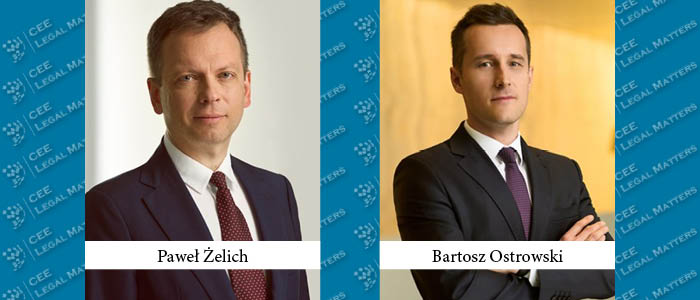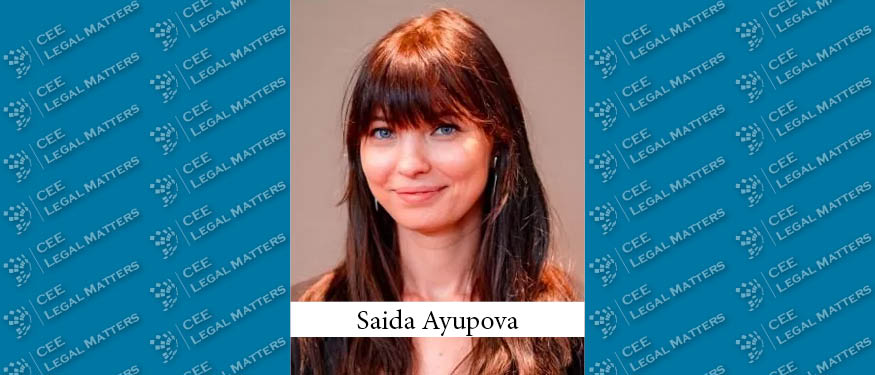The Polish government has presented detailed conditions and modalities for providing support to investment projects of strategic importance for the transition to a net-zero-emission economy. The new State aid instrument implements the EU programme “Temporary Crisis Framework for State Aid measures to support the economy following the aggression against Ukraine by Russia”. The new financial support is to be regarded as a further incentive effect to attract new investments to Poland.
On 30 September 2023, the Polish Ordinance of the Minister of Development and Technology on granting public aid for the implementation of investment projects of strategic importance for the transition to a net-zero-emission economy of 29 September 2023 entered into force. The Ordinance clarifies the conditions and procedure for obtaining the State aid referred to above, which is set out in the Act on the Preparation and Implementation of Investments in the National Data Processing Centre of 7 July 2023.
Low-carbon project
Financial support may be provided for investments consisting of:
- production of:
- equipment such as batteries, solar panels, wind turbines, heat pumps, electrolysers and carbon capture and storage (CCUS) equipment,
- key components intended for direct use as materials in the manufacturing of equipment referred to in (a) above and used for that purpose;
- related critical raw materials necessary for manufacturing the equipment and key components referred to in (1.) above or their recovery.
Granting of this public aid is subject to a number of conditions, including in particular a commitment by the investor to:
- incur eligible costs equivalent to at least €110 million;
- create at least 50 new jobs in connection with the low-carbon project;
- meet at least five of the 14 supplementary conditions indicated in the Ordinance, i.e.:
- creation of specialised jobs,
- net increase in the number of employees above the minimum threshold,
- eligible costs above the minimum threshold,
- cooperation with secondary schools or institutions involved in higher education and scientific research,
- SME status,
- location of the investment in an area at risk of exclusion,
- robotisation and automation of processes,
- investment in renewable energy sources,
- utilisation of human resources potential,
- support in the acquisition of education and vocational qualifications and cooperation with vocational education providers,
- creation of regional links,
- taking care of employees,
- carrying on business activities that have a low negative impact on the environment,
- conducting R&D activities;
- completion of low-carbon project no later than seven years from the start of the work.
Aid intensity
The aid intensity depends on where the investment is located. As a general rule, the aid intensity for a low-carbon project must not exceed 15 per cent of the eligible costs and the total amount of this aid for one entrepreneur must not exceed the equivalent of €150 million.
However, if a low-emission project is carried out in the areas belonging to the Lower Silesian and Greater Poland Voivodeships as well as some districts belonging to the Mazovia Region, the aid intensity for a low-emission project must not exceed 20% of the eligible costs and the total amount of this aid for one business owner may not exceed the equivalent of €200 million.
On the other hand, where investments located in the areas belonging to the provinces: Kuyavian-Pomerania, Lublin, Lubuskie, Łódź, Lesser Poland, Opole, Subcarpathia, Podlasie, Pomerania, Silesia, Holy Cross, Warmia-Masuria and West Pomerania and districts belonging to the Masovian Region other than those listed above, the intensity of aid may not exceed 35% of eligible costs, and the total value of this aid for one business owner may not exceed the equivalent of €350 million.
Provision of support
Support for a low-emission project is granted in the form of a targeted grant on the basis of a public aid agreement concluded with the business owner by the ministry of economics. Support can be granted until 31 December 2025.
An investor who has received aid for a low-carbon project undertakes to maintain the low-carbon project at the location for a minimum of five years, and where SMEs are involved, for a minimum of three years from the date of completion of the project. This undertaking does not exclude replacing obsolete or defective installations or equipment during this period, provided that the business is maintained at the location for the minimum period.
By Pawel Zelich, Partner, and Bartosz Ostrowski, Senior Associate, Noerr












